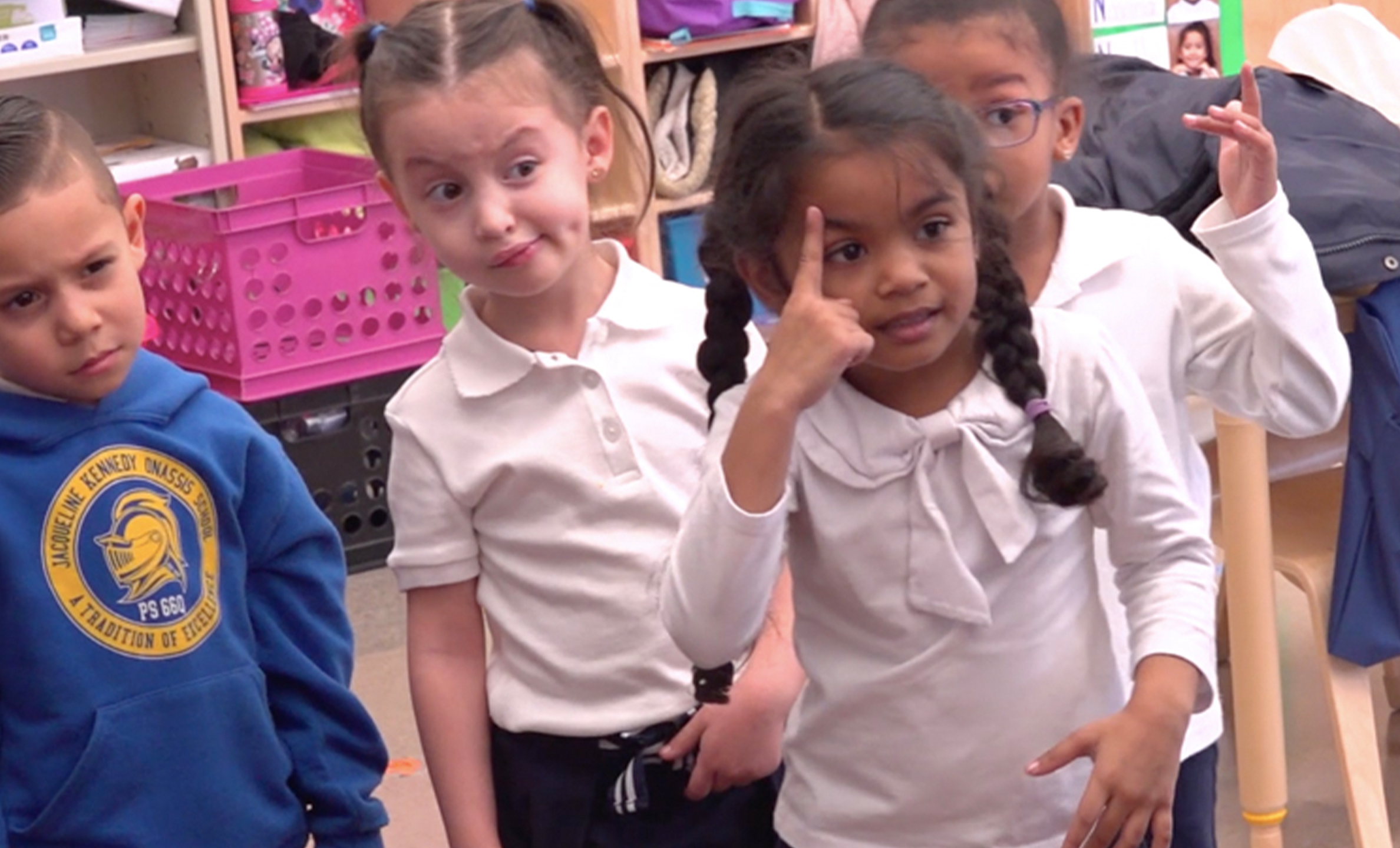Challenge kids to make their thinking visible in an engaging way, then talk and write about it.
Students experiment, problem-solve, and communicate about their ideas and experiences. Multisensory expression builds on the capacity students already have to communicate using bodies, voices, classroom space and play. Without the obstacle of finding a word for everything, students express complex thoughts. This builds a “fun” scaffold to verbal expression.
Literacy Connections



